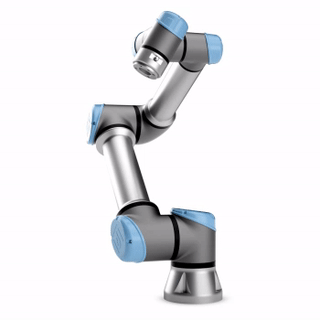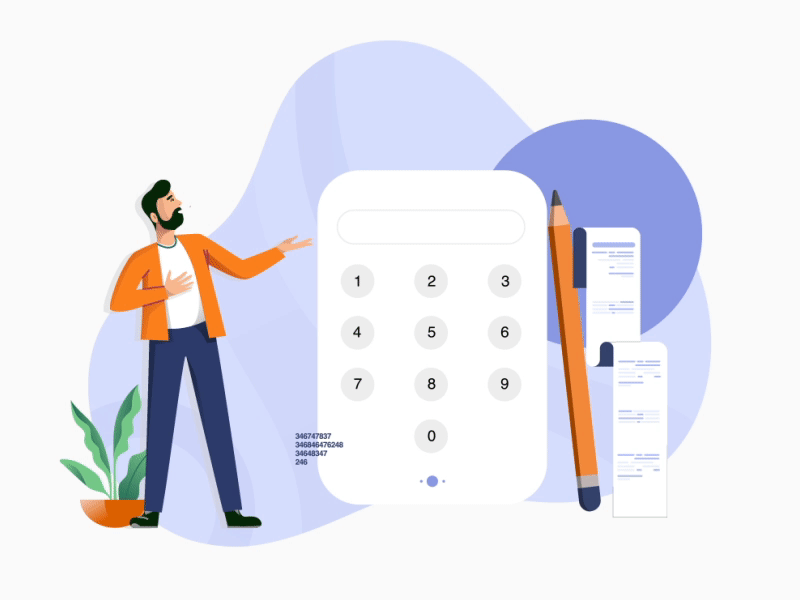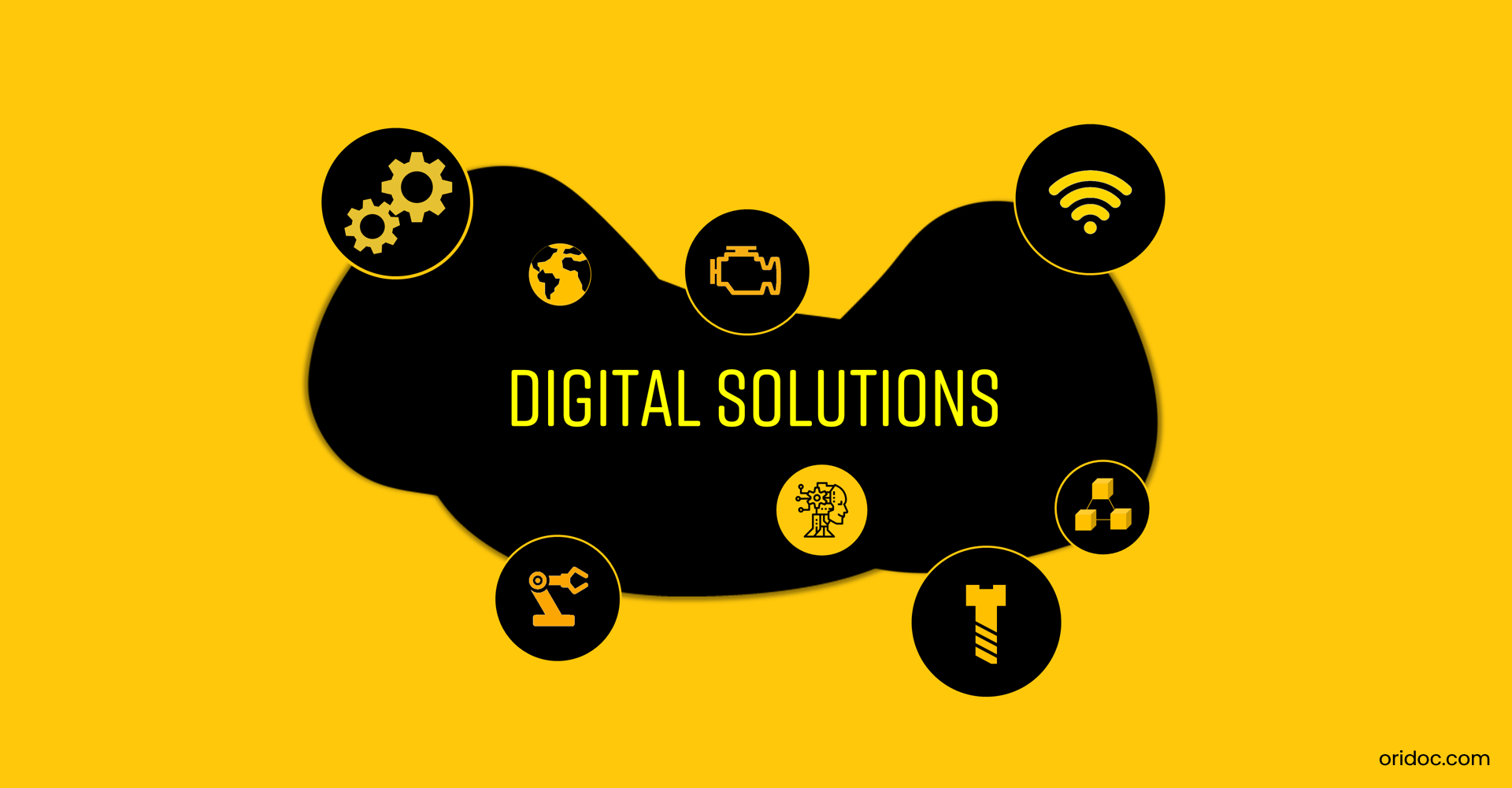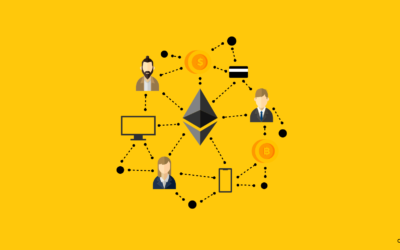EU auto industry faces an unprecedented crisis due to temporary closure of plants, lack of demand, and government measures to tackle the Covid-19 pandemic. Before this COVID-19 effect, the automotive industry was already suffering due to various external factors such as government regulations. Commonly known as WLTP Worldwide Harmonised Light-Vehicle Test Procedure) was introduced on 1 September 2017. When it was imposed, major OEMs such as VW, BMW, Renault had slow down the manufacture of some models to comply with the WLTP introduction. In the last two years, the demands for components went down due to the stagnant market in the EU. But different measures taken by the OEMs, translated into increase high R&D costs to find a lightweight product solution, and high price pressure from the OEMs.
The COVID-19 pandemic was just fuel to the fire that was already burning in the automotive industry. It is the worst crisis ever to impact the automotive industry. Global light vehicle production is now expected to fall more than 20% due to the Covid-19 pandemic. To strengthen the position and improve profitability in the current situation, the automotive suppliers now need to be flexible and need to evaluate the innovative digital solutions available. This issue can be tackled by combining conventional strategy with digital strategy.
Here’s our take on the possible digital solution that can help automotive suppliers to improve cost, sustain the position, and maintain profitability.
Introducing Blockchain for Processing Payments

The conventional international payments processing requires documentation, insurance issuance, and validation and contracts. All of these steps are performed on sluggish legacy systems that reduce operational efficiency. Automotive suppliers sometimes wait up to a year before they receive the payment for international delivery. Such delay result is high receivables and lowered profitability. By digitalizing and implementing blockchain solutions, automotive suppliers can reduce dependency on several IT solutions. Blockchain can offer contract management in a transparent way and, at the same time, handle payments in real-time. The best part of it all is that automotive suppliers don’t have to build it up from the ground. There are existing solutions (e.g., IBM blockchain) that can be implemented.
Introducing Temporary CoBots for the Labour Shortage

The robotic is not new to the automotive industry. Major OEMs are comprehensively using large robot systems in their production lines to increase efficiency, flexibility. Unfortunately, the way automotive suppliers currently manage their production system does not promote digital mastery. It is time that automotive suppliers establish priorities for innovation and new ways of working. These new ways of working have to be tackled through “Learning through experimenting.” For example, Many suppliers face a lack of human power due to COVID-19 restrictions in the production line. To avoid backlog created due to the lack of human resources can be handled by introducing temporary CoBot (Collaborative Robots). Why temporary? Because there are companies (e.g., olmia-robotics) that allow you to rent cobots monthly basis. These cobots, built-in with the smart sensor, can safely work together with anyone. Critical tasks such as change of tooling, monitoring, and lifting a heavy object can be done with cost-efficiency. Productivity can be achieved without increasing your fixed cost during the labour shortage.
Artificial Intelligence for Productivity Increment

Artificial intelligence can increase productivity and free up valuable time for employees. Through data collection, standardization, automated price offering, and decision making, AI can boost productivity. Instead of offering manual price offering for standard components with low margin. AI can learn and provide a more precise offering while adapting to new information. Such a level of digitalization can be achieved only by “Designing A.I system through learning and exploring.” Such a digital solution might seem slow in the beginning. AI grows and learns through integrating a vast amount of correct data over a span. In the long term, AI can increase profitability by offering optimal pricing for standard components. Businesses can focus on winning complex parts with a high margin by using the freed-up employees.








0 Comments